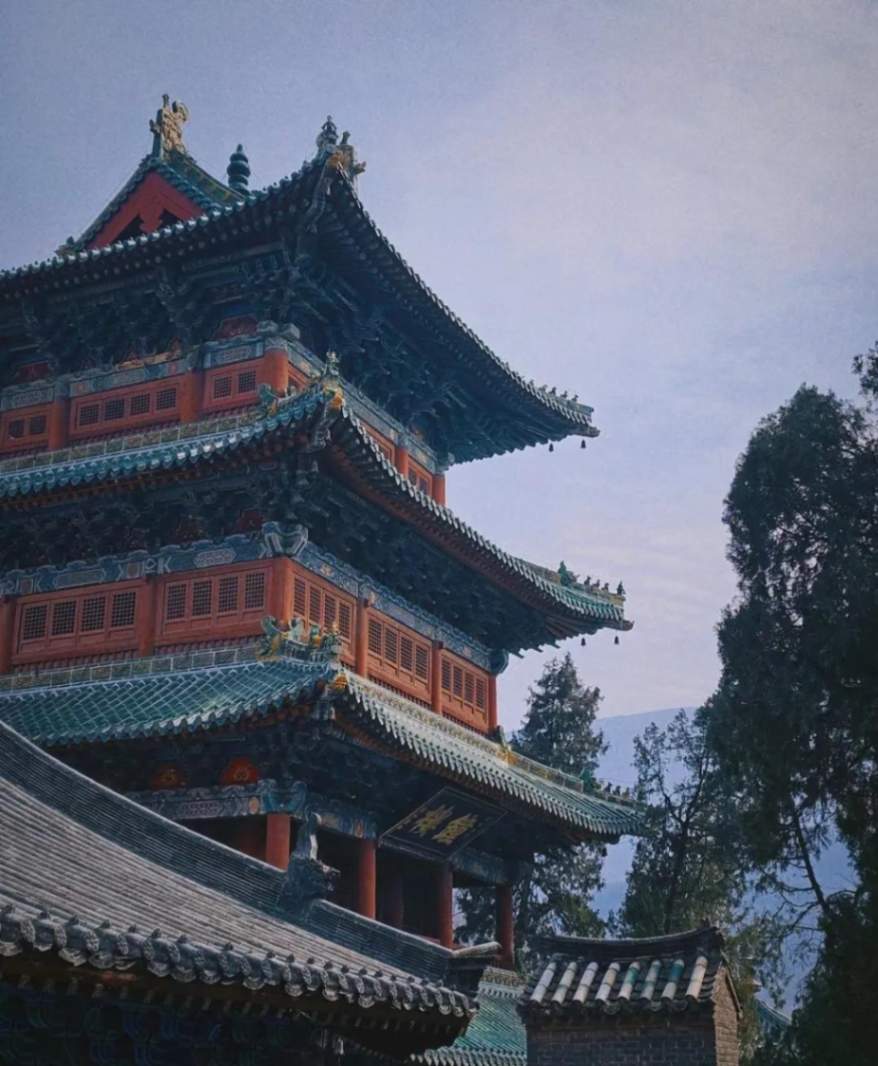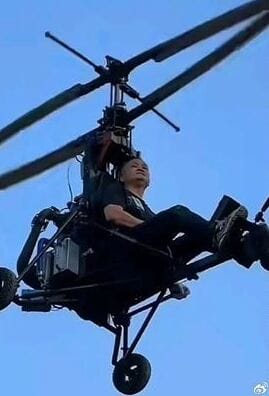The 1,500-Year Legendary Legacy of Shaolin Temple: More Than Just Martial Arts
Explore Shaolin Temple's fascinating history, blending Buddhist philosophy and legendary martial arts traditions that shaped China's culture for centuries.
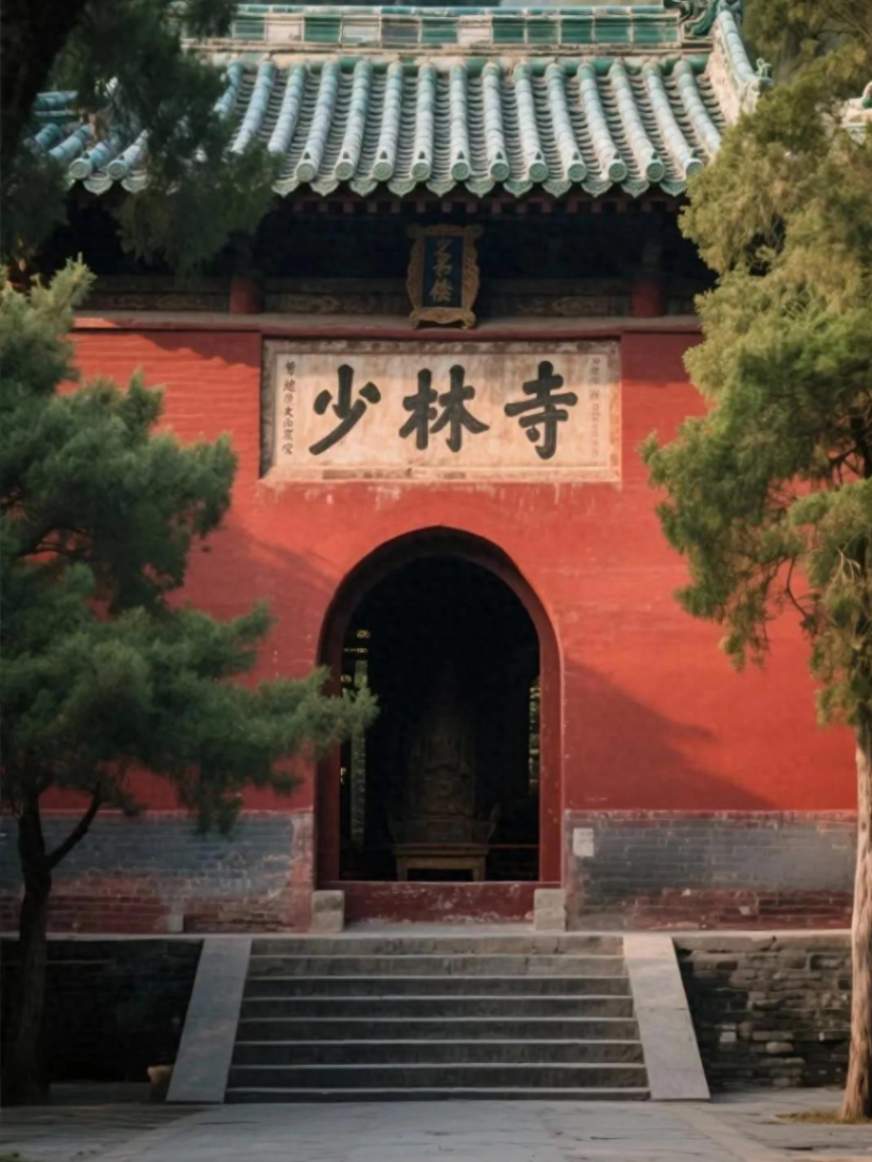
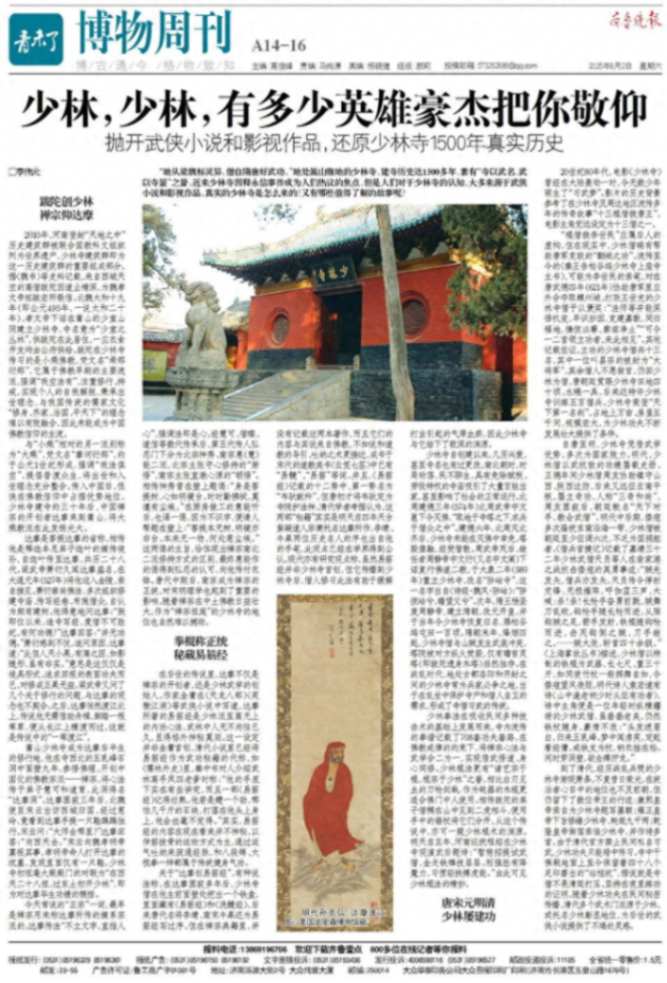
The Enigmatic Origins of Shaolin Temple
Perched in the mystical heart of Songshan Mountain, the Shaolin Temple is not just another ancient site; it’s a living, breathing testament to centuries of spiritual and physical discipline. Founded in 495 AD by Emperor Xiaowen during the Northern Wei Dynasty, its initial purpose was to welcome the Indian monk Batuo, whose teachings introduced Hinayana Buddhism to the region. But the real magic happened a few decades later when Bodhidharma, a legendary figure often called the first patriarch of Chinese Chan Buddhism, arrived and transformed the temple’s spiritual landscape.
Imagine a man meditating for nine years facing a wall—that single act symbolized the birth of Zen Buddhism in China and forever entwined spirituality with the temple’s identity. It’s like the ultimate expression of patience and determination, values that echo not only in meditation halls but also in the temple’s physical disciplines.
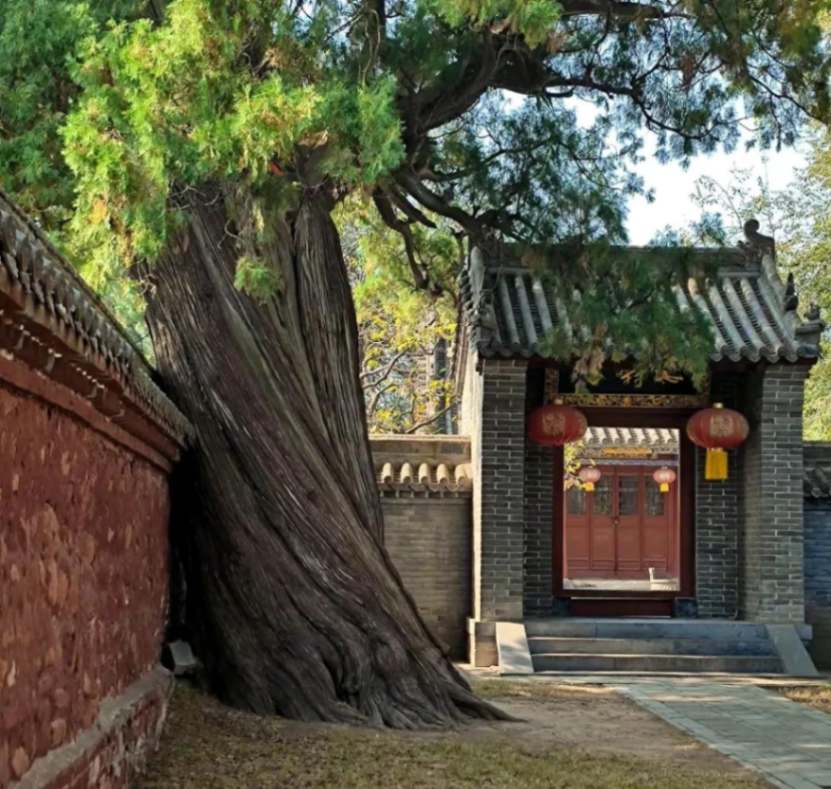
Where Buddha Meets Kung Fu: The Fusion of Spirituality and Martial Arts
Shaolin Temple isn’t just about serene chants and quiet reflection—it's famously known as the birthplace of Shaolin Kung Fu. What’s fascinating is the blend of Buddhist philosophy and practical combat techniques, making the temple a training ground for both mind and body. The story goes that the monks developed these martial arts initially as a means of self-defense and health preservation, which gradually evolved into a highly disciplined fighting art.
This unique synthesis birthed legendary styles like the Shaolin Staff and numerous Kung Fu forms, which today inspire martial artists around the world. Picture monks practicing routines that feel less like fighting and more like a moving meditation—there’s a deep, almost poetic rhythm to their moves that’s captivating to watch. 🥋🧘♂️
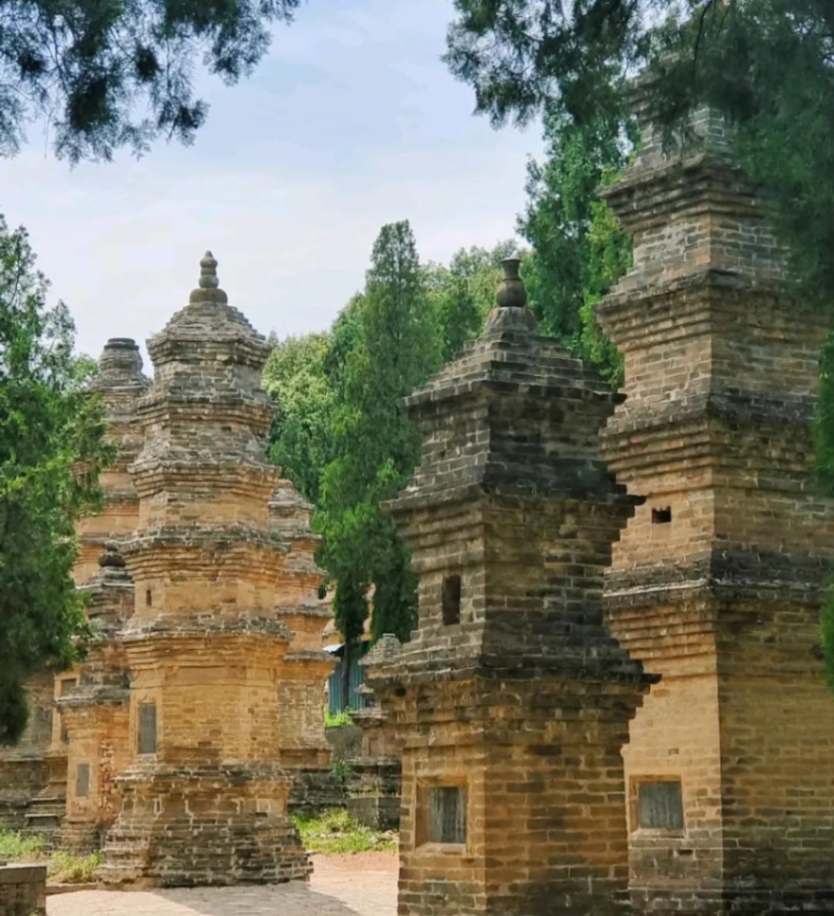
Shaolin's Role Through China's Dynastic Changes
Shaolin Temple’s influence stretched far beyond religious or physical practices. Throughout China’s turbulent dynastic history, from the Tang to the Ming, Shaolin monks actively participated in protecting the nation, including aiding armies in battle and defending against pirates. This warrior-monk image, often romanticized in literature and film, has real historical roots.
Despite facing harsh periods like the Northern Zhou's anti-Buddhist campaigns or being suppressed under Qing dynasty restrictions on martial arts, the Shaolin spirit lived on. Emperors such as Kangxi and Qianlong helped restore the temple’s glory, ensuring its arts and teachings were preserved. Though the martial arts became more secretive, their influence quietly spread and inspired countless other schools across China—inspiring generations far beyond the temple walls. ⚔️🏯
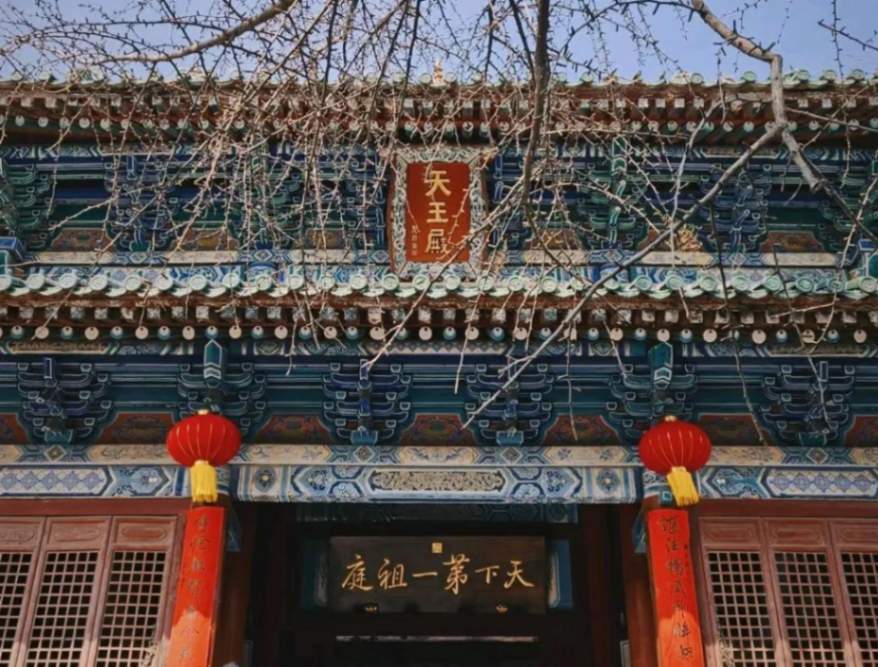
Why Shaolin Temple Still Captivates Us Today
For many, the Shaolin Temple is a symbol of resilience, discipline, and an enduring philosophy that has stood the test of time. It’s easy to get swept away by Hollywood’s portrayals, but understanding its authentic history adds layers of appreciation. From the meditative silence of Bodhidharma’s cave to the dynamic energy of Kung Fu masters, Shaolin represents a beautiful fusion of body, mind, and spirit.
Visiting the temple today can evoke a nostalgic feeling—as if stepping back into a world where inner peace and physical strength dance in harmony. Whether you’re a martial arts enthusiast, a history lover, or simply curious about cultural heritage, Shaolin Temple’s legacy is like a timeless story still unfolding, inviting us all to explore the depths of human potential. 🌄✨
